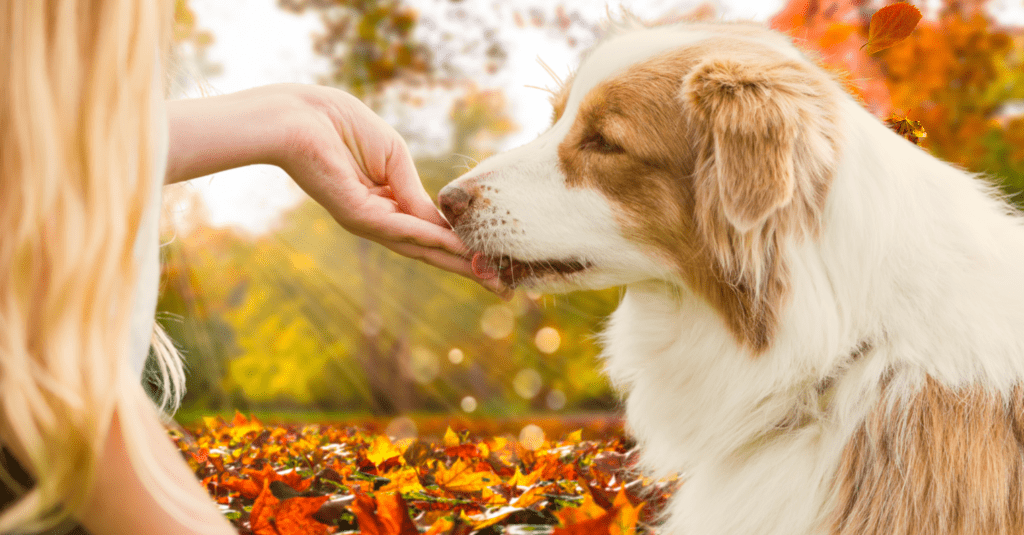Burns

Our pets are constantly exposed to risks that may affect their physical wellbeing. A very common accident that happens to both cats and dogs are burns. For example, it is common for an accident to occur while our pets are around us in the kitchen, close to the stove waiting for dinner to come out.
Common causes of burns in cats and dogs are:
- Dry burns. These are burns that can be caused by heating pads and lamps, radiators, stoves, light bulbs, and other hot surfaces.
- Wet burns. These are burns such as hot water, steam, hot tar, oils, or other liquid burns. Other types of wet burns are barn fires, campfires, forest fires, and malicious burning.
Chemical burns. These are burns that can be caused by acids. Acid burns from common household items like toilet bowl cleaners, battery acid, metal and concrete cleaners, or rust removers. Alkaline based chemical burns, like bleach, drain, oven cleaners, ammonia, Lysol, certain pool chemicals and lime. Oxidizing agents: bleach, peroxide, manganates. Solvents: turpentine, paint thinners, gasoline, kerosene.
The burns can be classified in degrees:
- Superficial (first-degree): burns where only the skin and fur are affected. It causes redness, swelling, and ulceration of the skin, with stinging or loss of fur. Partial – thickness burns cause these signs as well as blistering, edema, and thickening of the skin.
- Partial-thickness (second-degree) burns involve the skin, its glands, and superficial tissues. Deeper partial-thickness burns may be yellow or whitish in color, dry, and less sensitive to touch.
- Full-thickness (third-degree) burns destroy all the layers of the skin and nearby tissue and may destroy fat, muscle, and bone. It may be charred and have a leathery texture, with no recognized normal skin.
Most burns are painful, but full-thickness burns may initially be nonpainful, because nerve ending are destroyed. Depending on the source of the burn, other serious signs may be present as result of smoke inhalation, electrical current exposure, shock, and damage to other organs.
Regarding to the first aid of burns, we must keep in mind that the maneuvers to be performed are not the effective treatment that the animal should have, but the stabilization of the animal's condition until it reaches the nearest veterinary clinic. It is important to remember to NEVER apply oils, toothpastes, creams. These products can infect and contaminate the burned area, making the healing process worse and causing your pet more pain.
Superficial (first-degree) and partial(second-degree): The animal when exposed to severe pain usually reacts to any approach with aggression. Be careful, he or she might bite you because they are in pain. Approach your pet, apply clean water or saline solution to the injury site for at least 5 minutes. Do not rub or pass any chemicals on it. Even if the burns are superficial, it is important to call your veterinarian for advice on the most appropriate ointment.
Full thickness (third-degree): They are extremely severe and should be given greater attention. In many cases, you will find your pet unconscious or totally prostrate. It is important that even before attending injuries, you observe the vital signs of the animal, such as breathing, heartbeat and eyelid reflex. If the animal is unconscious, the tutor can put out the tongue to provide better air intake apply clean water or saline solution to the injury site, wrap the animal with a clean cloth and take the pet to a veterinarian l to start the correct treatment.
Treatment of pet burns:
If your pet has a third degree burn, the treatment of shock, respiratory distress, and cardiac problems takes priority over treatment of the wound. Seriously injured animals may require oxygen, fluid therapy. Intensive nursing care, prevention of hypothermia, pain control, and therapy for liver and kidney damage may be needed.
The adequate treatment of the wounds will avoid infections and decrease the amount of body fluids lost. It involves application of ointments, bandaging that must be done carefully.
The diet is also very important during the recovery of a pet that suffered burns. The body will need a great deal of energy to heal, therefore a high-calorie and high protein diet is the best.
Depending on the type of burn, your pet may benefit from the following supplements in the after care or recovery stage:
Ouch Away Spray – helpful for hair growth.
All Clear Ointment – a gentle formula to help heal the skin and aid the healing of infections
Matricalm – helpful if your pet is in shock
Yucca – to aid in the management of pain
Milk Thistle – beneficial for the liver and kidneys
Additional Support
Prevent your pet from circulating near the oven, stove, barbecue or fireplace;
Do not take your pet for walks at very hot temperatures, especially in summer as their paw pads can severely become burned or injured. To find out if the asphalt and /or sidewalk is too hot for them, do the following test: take off your shoes and hit the ground. If it is too hot for you, it means it will be too for your pet;
Do not leave cleaners and hazardous substances in places that your pet can easily access.
If you’re pet has suffered any type of burn, make sure that they see a vet for emergency care as soon as possible.



 USD
USD
 Canadian Dollars
Canadian Dollars